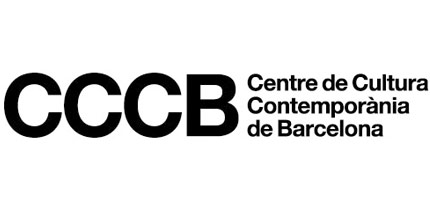Science at Christmas
"Blade Runner" Christmas
With Ricard Solé, Gemma Marfany, Manuel Moreno & Ángel Raya
Debate
Free
In this year’s Science at Christmas programme, we delve into the Blade Runner film saga in order to ponder the future scenarios it raises and to discover what challenges science will have to confront in this world’s time to come.
The premiere of Blade Runner 2049 —sequel to the legendary film Blade Runner which was first shown thirty-five years ago— provides an occasion to think about the prophecies made in both films and the place of science in this regard.
The Blade Runner worlds present a dystopian view of a future in which the climate has brought about changes in civilisation which, affected by overpopulation, is obliged to look for resources in outer space, a hostile place where a new kind of “manufactured” human with an implanted memory and a due-by date must be recruited and used.
In the real world, we also face an uncertain future whose biosphere will suffer far-reaching changes which may be incompatible with preserving society as we know it. Advances in synthetic biology, regenerative medicine, genome editing and artificial intelligence are opening up new fronts and questions which must be dealt with when we are contemplating what the future holds.
Will there be robots and cyborgs like those in Blade Runner? Will artificial intelligence replace human capacities? Will it be possible to design artificial organs or extend human longevity? Will we be able to design technology similar to that shown in the imagined cities of 2049? Will we survive by means of ecosystem engineering?
18.00 - 19.00
2049: A Synthetic Biosphere?
With Ricard Solé
The future described in the two parts of Blade Runner incorporates a couple of highly visible and disturbing elements: a planet that has undergone climate change and a society that has made great advances in artificial intelligence. These two facts raise questions and uncertainties. Will we be able to confront an adverse climate that will put our survival to the test? To what extent might we expect that machines (or cyborgs) will fill our vital spaces or even replace us?
Blade Runner: Replicants and Humans 2.0
With Gemma Marfany
Blade Runner portrays a dystopian world in which genetically designed replicants can be produced in order to perform functions at optimal effectiveness. Today, we have within reach techniques of genetic editing that permit à la carte genetic modifications in any organism, humans included. What could this near future be like? Will we modify the DNA of our species to produce optimised humans?
19.30 - 21.00
Blade Runner: Humans and Replicants 2.0
With Ángel Raya
The world of Blade Runner introduces individuals with greatly enhanced levels of functioning. These are called replicants. Moral issues aside, is it technically and/or biologically possible to produce replicants? Would the process start with humans or by improving machines?
"I’ve seen things you people wouldn't believe." Really?
With Manuel Moreno
Blade Runner—the novel and both films—does not abound in technological elements that might surprise a twenty-first-century citizen. In any case, the gigantic advertising screens, flying cars and the Esper machine, capable of finding extraordinary detail in a photograph, need to be re-examined. Also in need of revision are two astronomic errors in the famous words spoken by the replicant Roy: “I’ve seen things you people wouldn't believe. Attack ships on fire off the shoulder of Orion…”
Panel discussion with all participants
With Gemma Marfany, Manuel Moreno, Ángel Raya and Ricard Solé
Participants: Ricard Solé, Gemma Marfany, Manuel Moreno, Ángel Raya
This activity is part of After the End of the World, Science at Christmas







